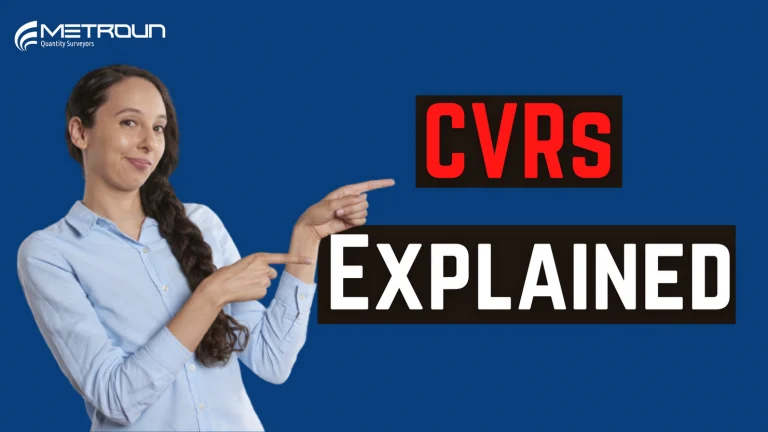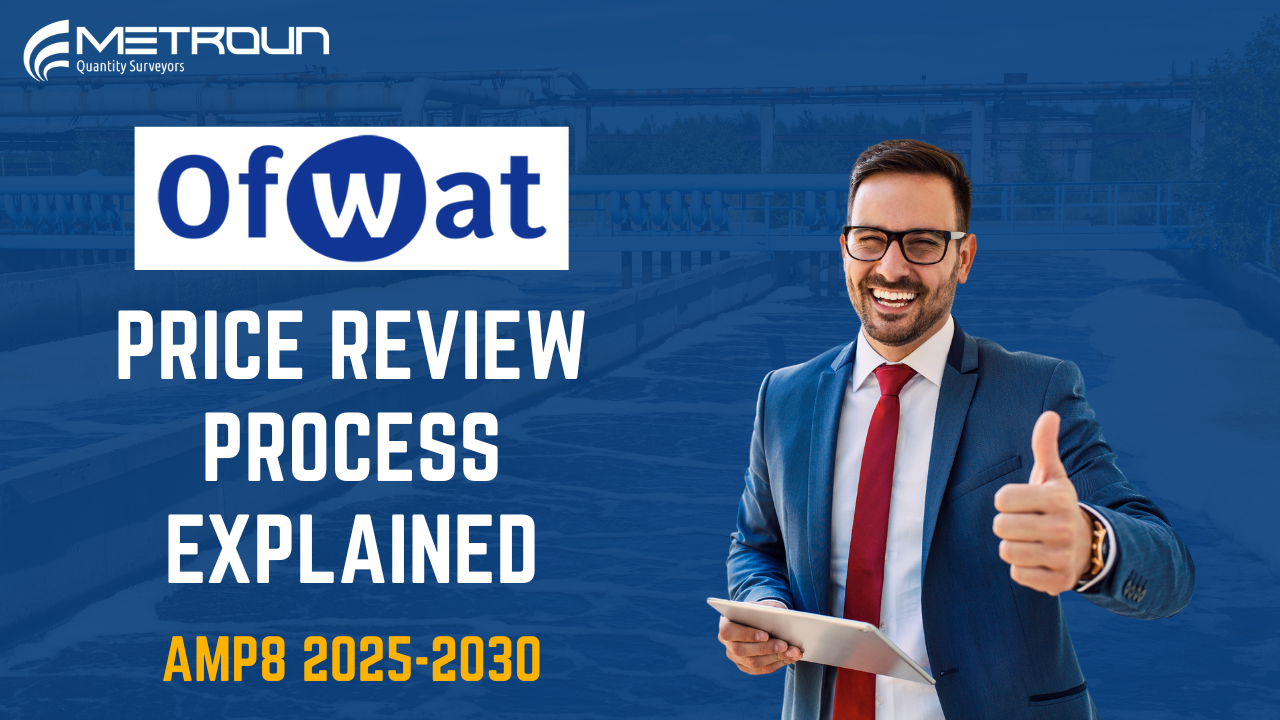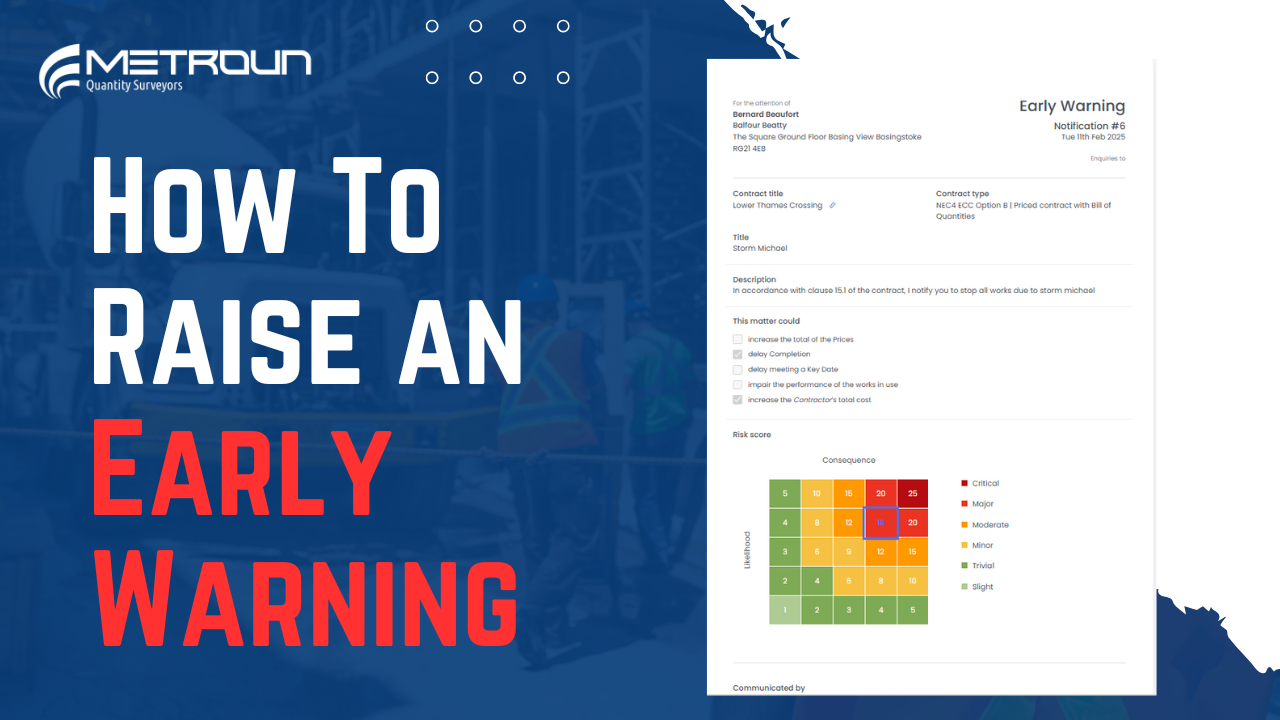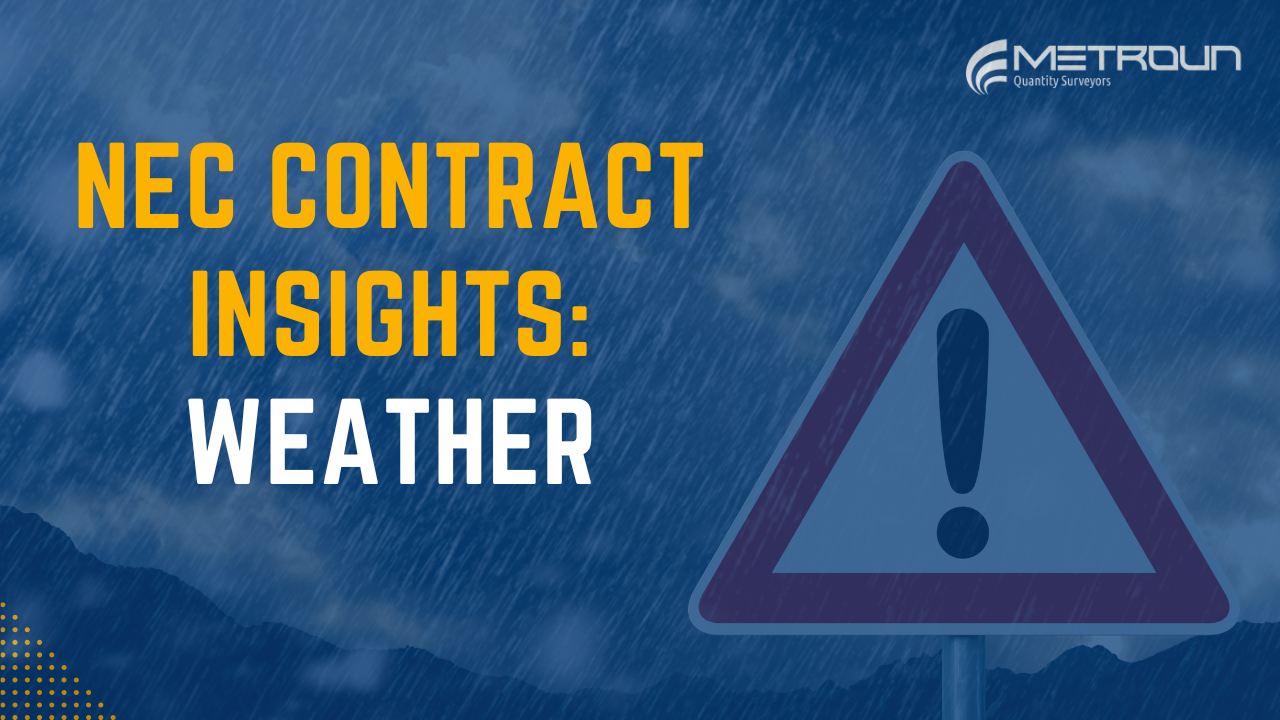Cost Value Reconciliation or CVR for short, is a tool used during a construction project. Typically carried out once a month, this task fulfils the purpose of determining the profitability of a project throughout its lifecycle. In this article we will explore CVRs in more detail.
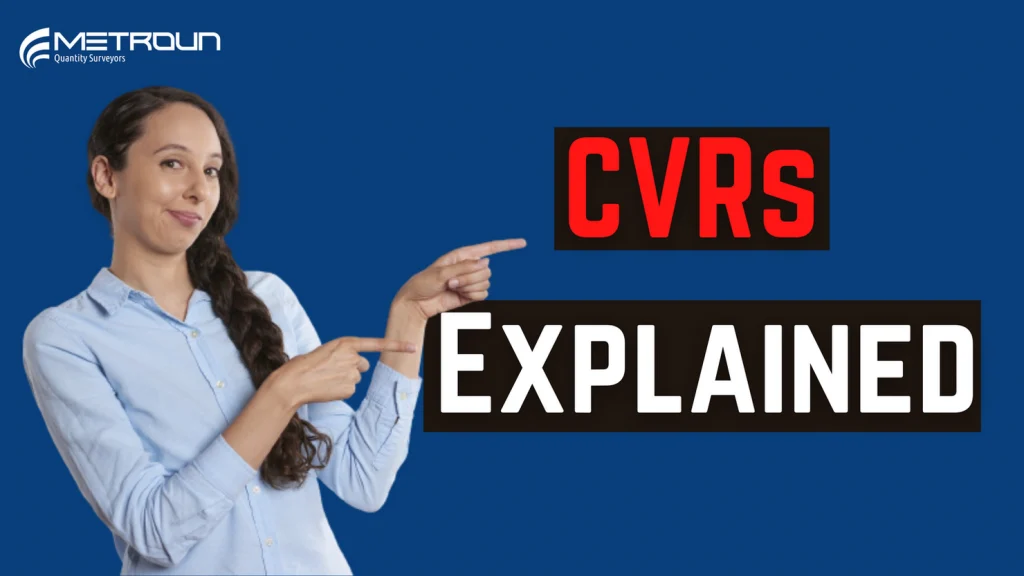
What is a CVR?
The CVR measures cost against value at different stages of the project. They are a vital tool to ensure projects are completed within budget, ensuring unnecessary loses aren’t overlooked. To understand CVRs, we need to understand the difference between cost and value. Cost is the expenses incurred on a construction project. And value is the revenue incurred for work on a project. The CVR acts a balance sheet. If the value is higher than the cost then the project is in profit. If the cost is higher than the value then the project is at a loss.
Cost
Determining the cost of a project will require not only an understanding of the cost to date. But also what the final cost position for the project will be. This will need to take into consideration any known issues or scope changes. It’s also likely that a contingency will be included within the cost to allow for any unexpected problems which may arise. As the project progresses you’ll have more known cost and less forecasted cost. This means the predicted final cost position becomes more accurate as the project progresses. It’s vital that the cost is not underestimated.
Value
Similarly to the cost, the value will include both the value of work done to date and the final value position. There are 2 types of valuations. External valuation and internal valuation. The external valuation is the application for payment to the client and an internal valuation used for the CVRs. It’s likely that within the external valuation there will be some value which the contractor is aware may be disputed by the client. This uncertain value is therefore, not included within the internal valuation. This ensures the internal valuation, which feeds into the CVR is not oversestimated.
Prudence Concept
As you’ll have noticed from the previous statements. It’s important cost is not underestimated and value is not overestimated. This means a prudent approach has been applied to the CVR. The reason this approach is used, is because it’s better to have unexpected financial gain then it is to have unexpected financial loss. The prudence concept ensures the likelihood of the latter is decreased.
Purpose of a CVR
The CVR does more than just highlight, the profitability of a project, it also acts as a tool to assess any known issues within a project which may need highlighting to other project stakeholders. Addressing these issues early can change the financial direction of a project. This is why is it is absolutely vital that the CVR is transparent and authentic. Any attempts to cover up issues, in order to make the project seem to be in a better position than it is can have devastating consequences. It’s through highlighting issues within the CVR process that issues are resolved and lessons are learnt.
Why not watch our video on CVRs here:


